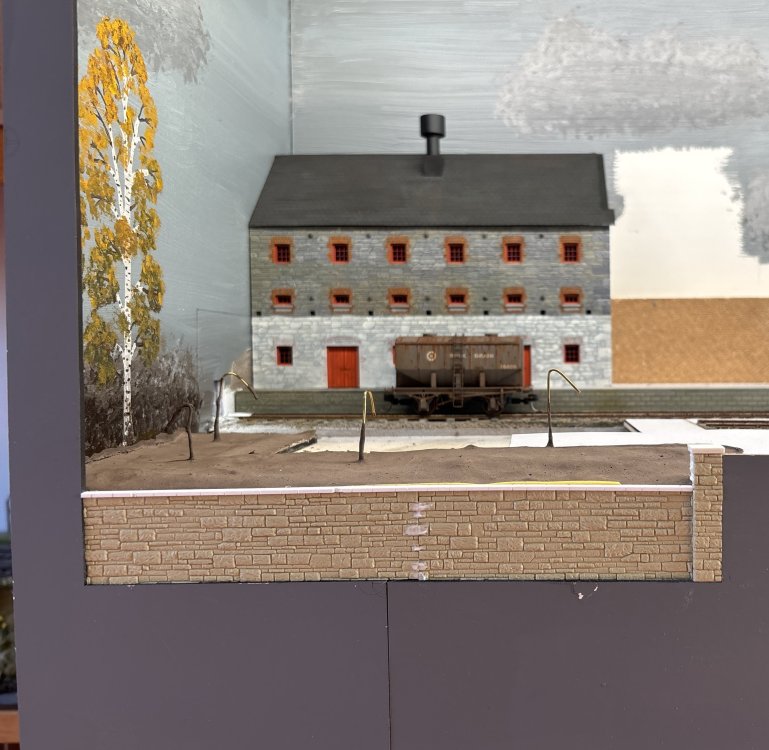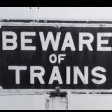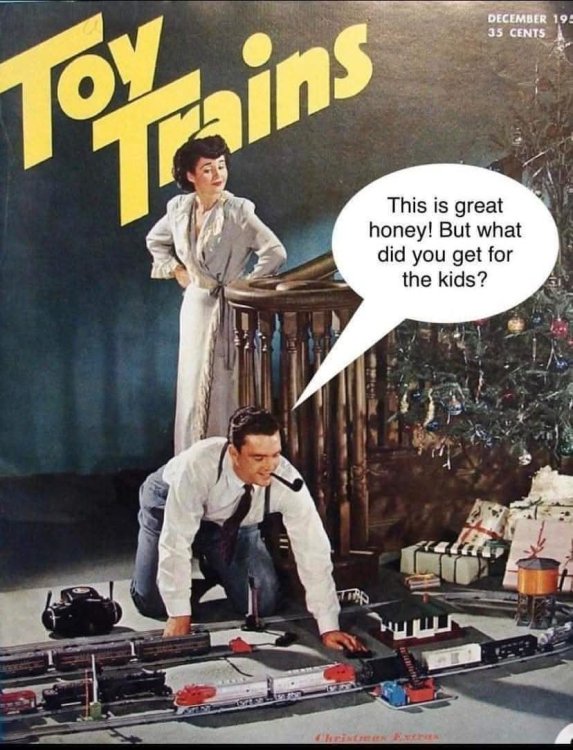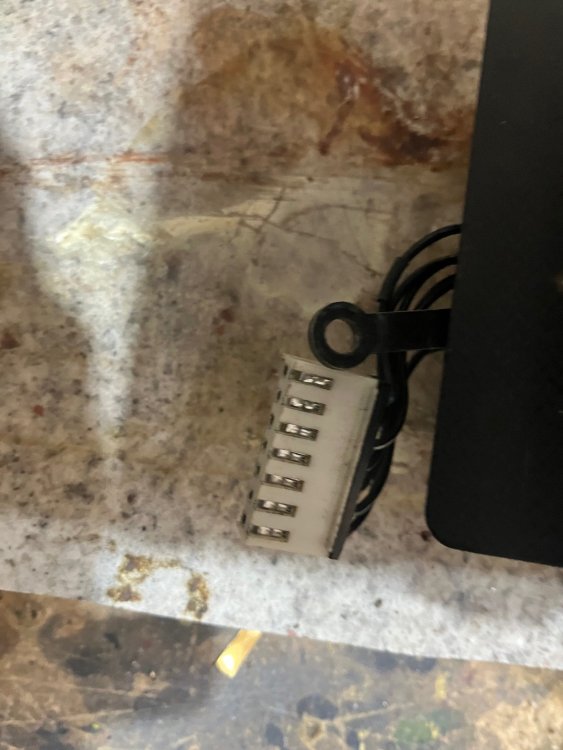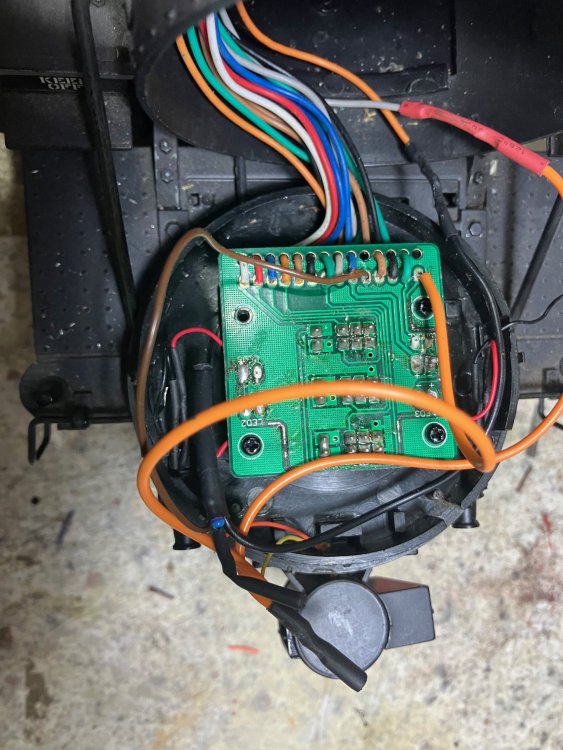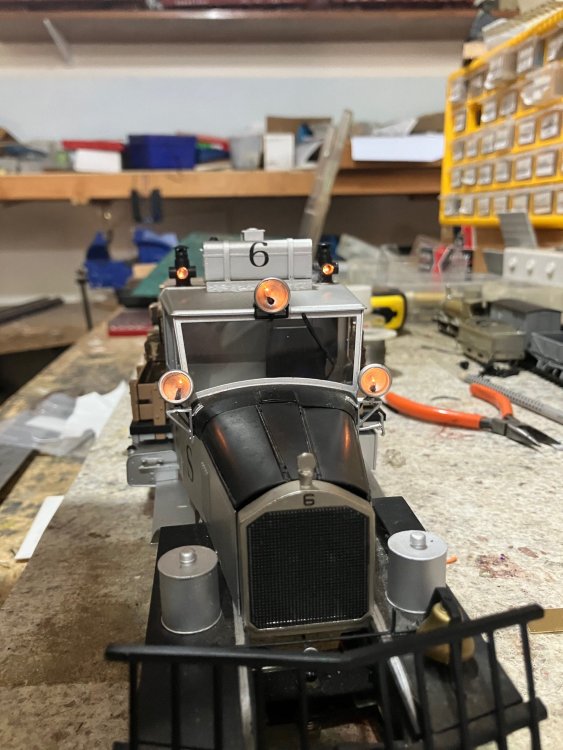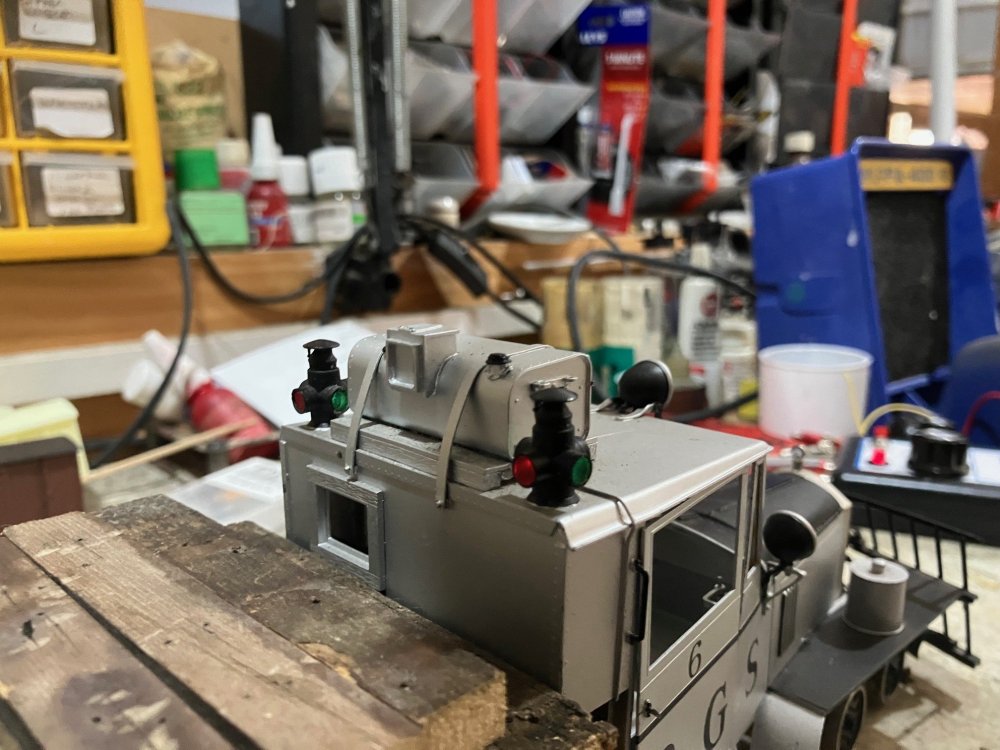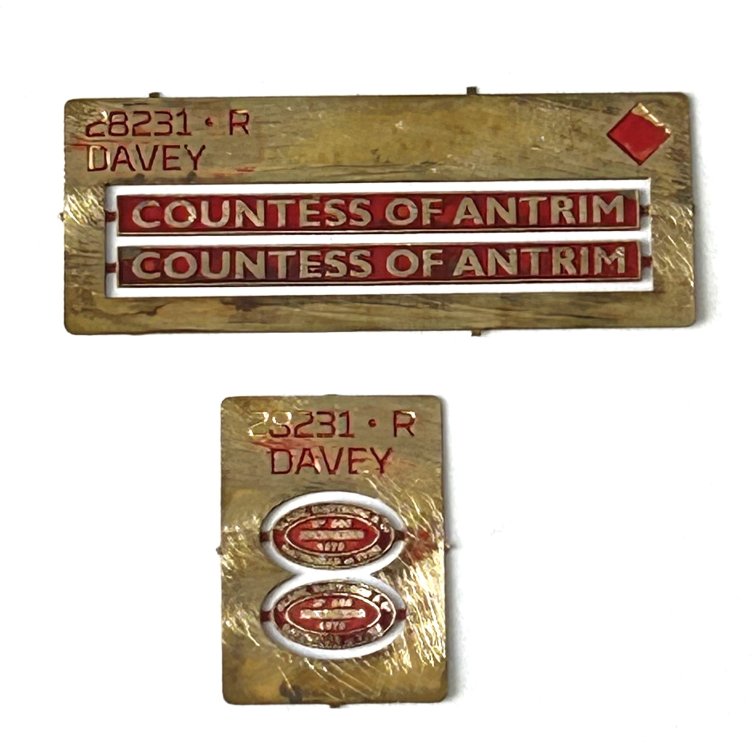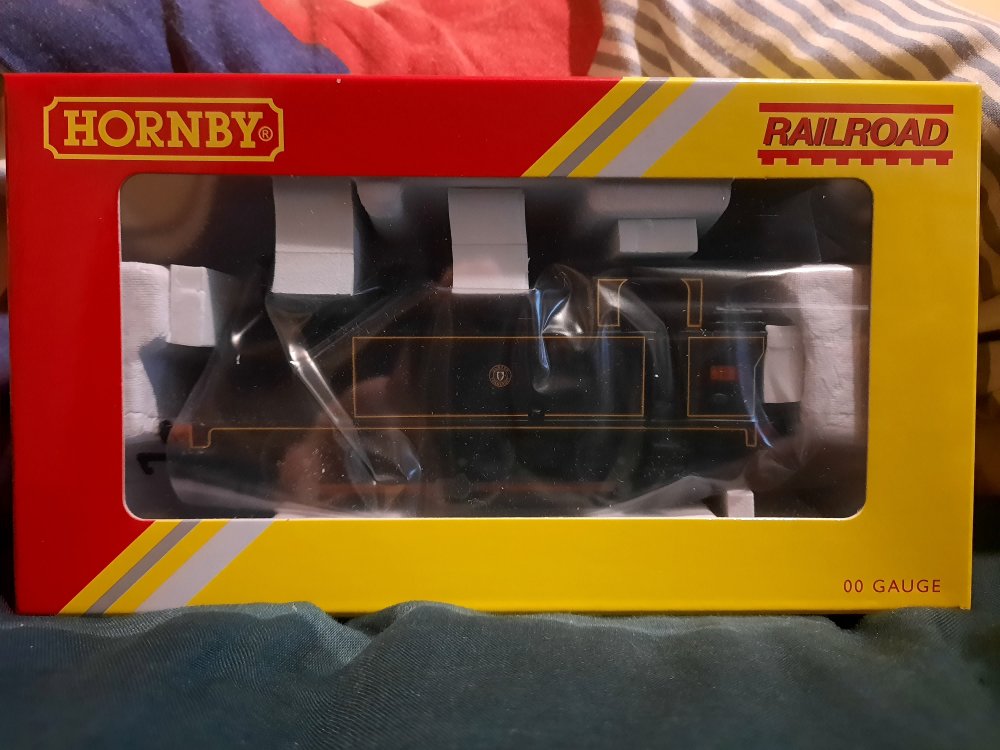All Activity
- Past hour
-
"Voiding the Warranty" - Mol's experiments in 21mm gauge
Mol_PMB replied to Mol_PMB's topic in Irish Models
One of the good things about this hobby is that it can be so varied. When I don't fancy working on something tiny and precise, I can just do some scenery instead. This morning I have made a simple retaining wall: I used some old Wills sheeting that I've had in stock for decades. With a bit of carving the stones at the joint, and some dabs of Matte Medium, I'm hoping the join won't be obvious once it's painted and weathered. - Today
-
...with the fada in the right places...
-
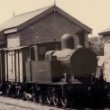
Murphy 141 buffer replacement - has anyone done it?
Galteemore replied to Mol_PMB's question in Questions & Answers
Oh this sounds so familiar! Suppose it’s a question of working out what will actually facilitate rather than hinder your modelling. -
It’s 0 scale (7mm) but the gauge is 32mm, rather than about 37mm for the 5’3”.
-
Murphy 141 buffer replacement - has anyone done it?
Mol_PMB replied to Mol_PMB's question in Questions & Answers
It's certainly possible. But is it worth the time and effort, and would homemade ones be a genuine improvement on what's there already? I've got a set of the right buffers in front of me, and I could just fit them. The downside would be that I then wouldn't have anything to use as a pattern if I (or others) wanted some more in future. Will I ever regauge the other two 141/181s I have in the stash? Quite possibly not. While some other forum members have kindly offered to buy a few sets, there's a risk that I couldn't produce them for a sensible price, and then there's the time and effort involved in managing the whole exercise. The best option might be just to forget the whole idea of making more. There's also a risk that this loco will sit unfinished forever waiting for buffers, which would be a shame after all the work I've put into it so far. Or if it enters traffic with its existing buffers, they'll never get replaced. Probably I need to revisit this when I'm feeling a bit more positive. -
Can’t imagine you voiced those feelings to Drew Donaldson Leslie! As I dimly recall, the cat had a very privileged role in his household. Probably miaowed in Irish too…
-
Feck your horse, I’ve a Honda Civic outside. Out with your claws, Leslie… Just like a cat!
-
Murphy 141 buffer replacement - has anyone done it?
Colonel replied to Mol_PMB's question in Questions & Answers
Is it worth considering assembling them yourself? Looks like three different diameter bits of tube, a square base on the buffer beam, with a rivet in each corner, plus the oval head. The latter perhaps the hardest to get right. Alternatively, stick a suitable piece of brass rod in the drill chuck and file the shanks. Back in the day, they'd use brass from round pin plugs. In 7mm scale,, not unusual to find drawing pins for the heads in buffer packs and to be fair, they can work well for round ones. -
Murphy 141 buffer replacement - has anyone done it?
Mol_PMB replied to Mol_PMB's question in Questions & Answers
The economics would make more sense if more (different) items were cast in the same mould. So I’m thinking of other similar-sized parts that I might need. Detail parts for the proposed MGWR 6-wheel coach (buffers, roof details) are an option. Also some G class detail castings, to go with a Worsley G611 etch, or with a G601 etch I might do myself. Bonnet-top vents, axleboxes/springs etc. Possibly a few wagon buffers. -
Yeah we have four cats (all male) and our teenager wants a horse! I had a largish stash of Leslie's wagons which hopefully I will get to build some day. We had a nice Christmas Day herself cooking turkey dinner for ma-in law and myself, while teenager spent day in their cave gaming and ordering in from kitchen. I charged the batteries on large scale locos so managed to run some trains out in the morning and home after tea. Day was warm and sunny though we are promised a downpour today, and for most of next week.
-
There may be a paws in the sales now I fear........
-
Back to the wreckbench to restore #464s headlight and get RGS Motor #6 head and marker lights when running in a forward direction. #464 headlight ceased to function after one of the jumper cables between the loco and tender failed several months ago. The wiring on the Bachmann K27 2-8-2 is quite complex with a circuit board in the tender and smoke box linked by a cable loom with two multiple connectors between loco and tender. The connections from the loom to the multi socket on the RHS of the loco wasn't in a great state when I picked up the loco well used second hand about 8 years ago, luckily most of the wiring was redundant since I converted the loco to on-board battery control ending up with one functional wire the -feed to the headlight which failed several months ago. The smokeboard circuit board control lighting functions, headlamp, marker, cab/possibly firebox lighting and redundant DC/DCC changeover and smoke unit switches. Original plan was to link the headlamp LED with the marker-light circuit but ended up blowing the marker light circuit instead!. In the end used a Kiwi style no 8 baler wire repair crude but effective. 1st did some testing with a multi meter and discovered that some of the loom and LED wiring did not follow the usual conventions for + - the negative lead to the headlamp was red and positive feed to the lighting circuit board white. To complicate things further I used orange and brown for + & - jumpers from the circuit board to the headlight. Actually managed to run some trains on Christmas Day. Thankfully #464s headlight fed through a resister now works, though I have not connected the marker (classification) lights. Apparrently marker lights were not usually illumiated in daylight. Motor #6 is fitted with very small filiment bulbs rather than LEDs, capture the atmosphere of 1930s 6v automobile headlights. Looks like the prototype may have kerosene marker lights, possibly from a caboose. The RGS was very much a boot strap operation that would make Forbes County Donegal extravagent in comparisson. Interestingly the entire RGS Goose (Motor) fleet has survived some in operating order on heritage lines and museums in Colorado & California, someone actually built a replica of the origonal goose Motor 1 which was used as a source of parts to build Motor 6 during the mid-1930s Getting #6 lights functioning going forward was basically a case of soldering a jumper between the F & R lighting pads on the radio receiver/decoder
-
I spent the day at a family gathering chez Daughter-the-Elder & her expert Christmas-dinner-making partner; within those premises dwell SIX cats.......
-
Even while still working on the railways, many of the longer-lived locos contained almost nothing from when first built - even new frames, wheels and boilers and cabs - the latter two often of completely different design. Different wheel arrangements even; and a tender loco could become a tank or vice versa. Long before CIE withdrew them, no J15 was at all like its original self, and look at No. 90!
-
I've made a note on my files .......
-
This is absolutely fantastic. Some people arguing that it’s a negative due to rich people “winning” by being paid off and getting even richer, but realistically, if this is what had to be done to get the Metro done, then it will be worth it ten times over. Plus, whatever price that TII buys the properties for will be calculated at November 2025 values, and sold at Metrolink-opening values - ie. Georgian close to city properties, with a high-speed, high-capacity, high-frequency metro line on their genuine doorstep with a direct link to the City Centre, the airport, and high frequency heavy rail stations. No matter what way this goes, yes the rich will get richer, but the project will get built, and the public won’t be fleeced because of it, in fact public money will turn a profit! It really is a miraculous outcome, and I can’t lie I never thought it would happen, but am so glad that it has. I’m sure we can expect a formal update and maybe a drop of realism vis-a-vis timing and dates in the new year, but for now we should all be incredibly pleased with this outcome, it is somehow, a win-win-win and a true Christmas miracle. Merry Christmas everyone
- Yesterday
-
Could be worse. Could be horses.....
-
Murphy 141 buffer replacement - has anyone done it?
Horsetan replied to Mol_PMB's question in Questions & Answers
I'd be in the market for a few sets. You never know when they might come in handy.... -
Progress on Capecastle has paused until into the new year but the postman delivered something nice recently: Looking forward to getting these nice etched details added to the locomotive soon. They came from Light Railway Stores. Happy Christmas to all, especially admins for making sure we all behave ourselves. Thanks to all for the great posts on the forum this year - the creativity is inspirational.
-
Lovely build!
-
You've sold lots to me and I have THREE cats in my world!
-
Harcourt St?
-
-
Merry Christmas to everyone on and at IRM Cheers Darius
.png.c363cdf5c3fb7955cd92a55eb6dbbae0.png)
